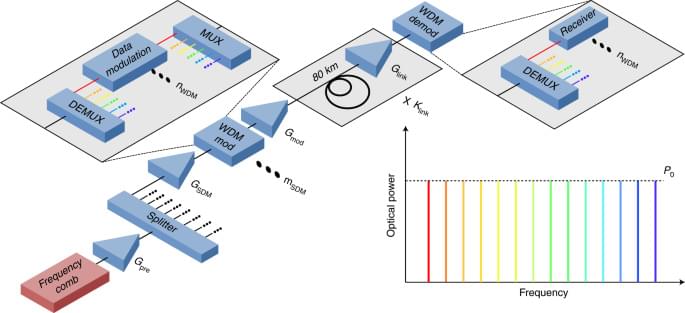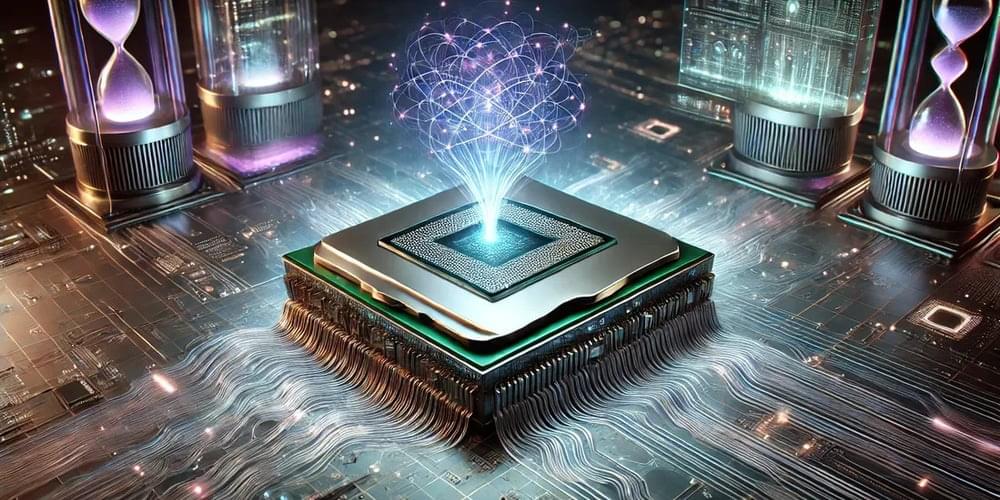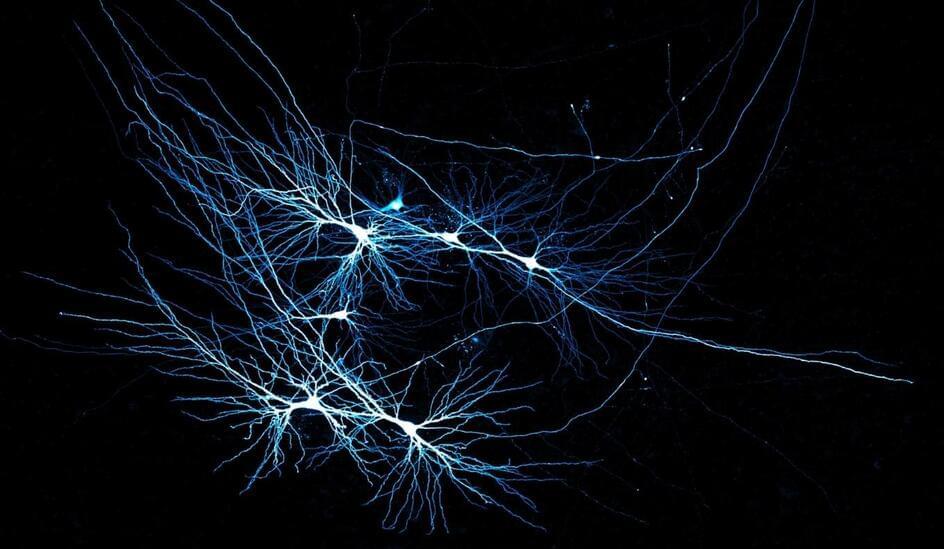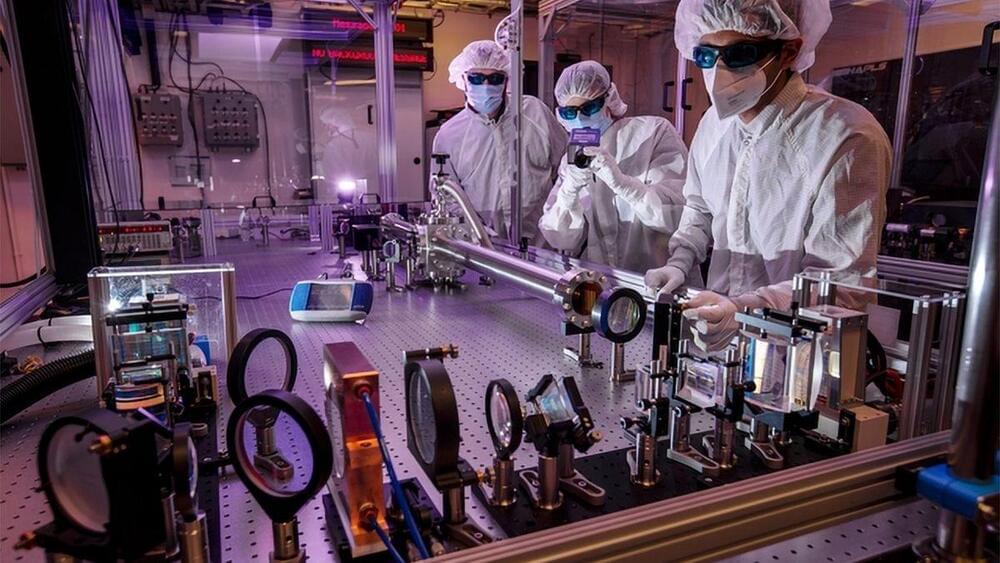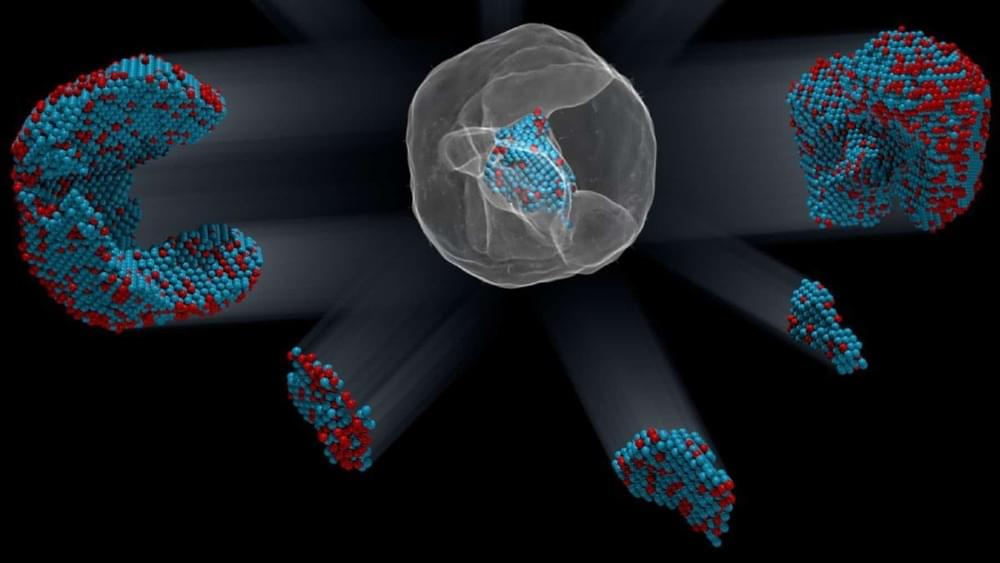Jacob Bernoulli returned to Switzerland and taught mechanics at the University in Basel from 1,683, giving a series of important lectures on the mechanics of solids and liquids. Since his degree was in theology it would have been natural for him to turn to the Church, but although he was offered an appointment in the Church he turned it down. Bernoulli’s real love was for mathematics and theoretical physics and it was in these topics that he taught and researched. During this period he studied the leading mathematical works of his time including Descartes’ Géométrie and van Schooten’s additional material in the Latin edition. Jacob Bernoulli also studied the work of Wallis and Barrow and through these he became interested in infinitesimal geometry. Jacob began publishing in the journal Acta Eruditorum which was established in Leipzig in 1682.
In 1,684 Jacob Bernoulli married Judith Stupanus. They were to have two children, a son who was given his grandfather’s name of Nicolaus and a daughter. These children, unlike many members of the Bernoulli family, did not go on to become mathematicians or physicists.
You can see the Bernoulli family tree at THIS LINK.


